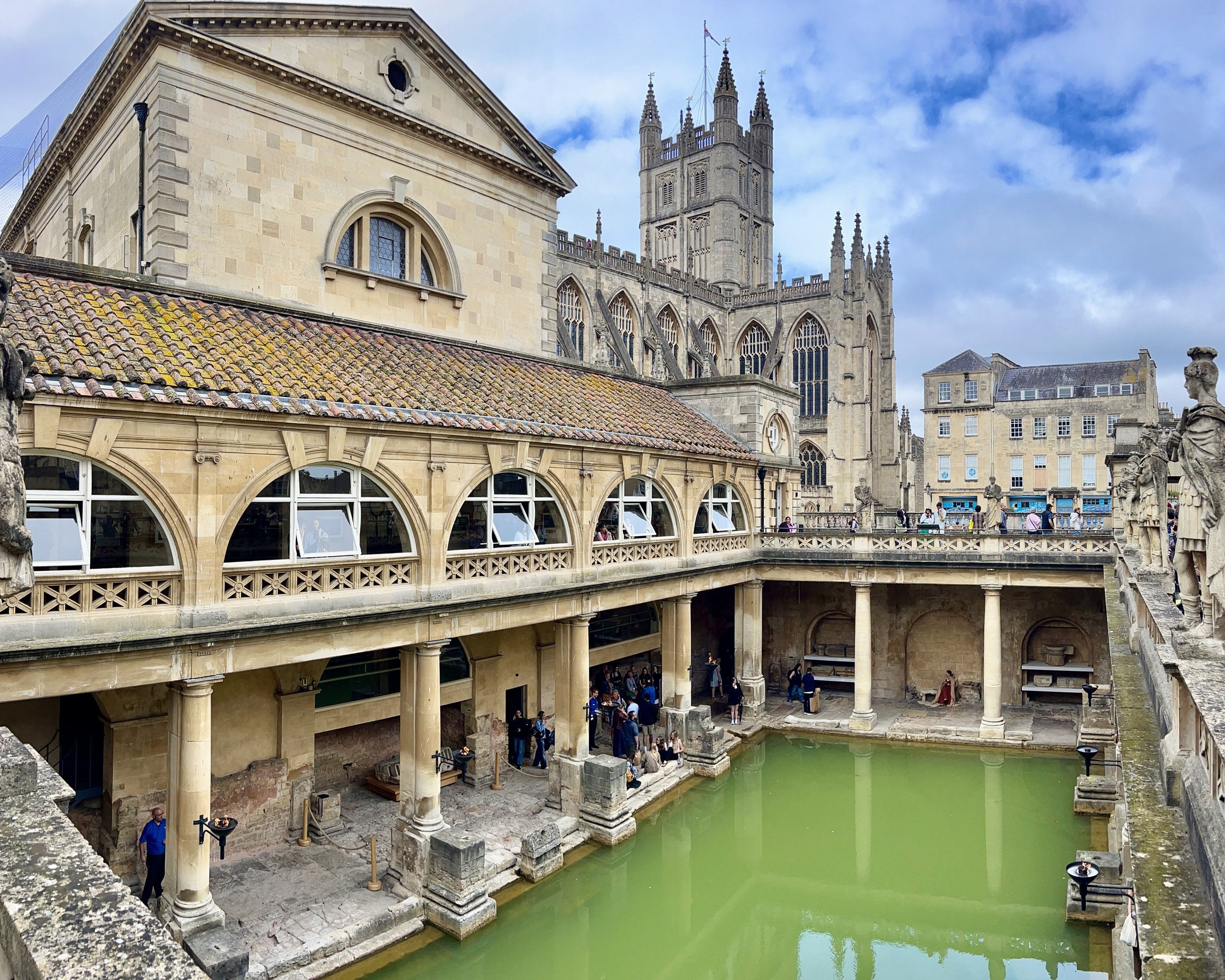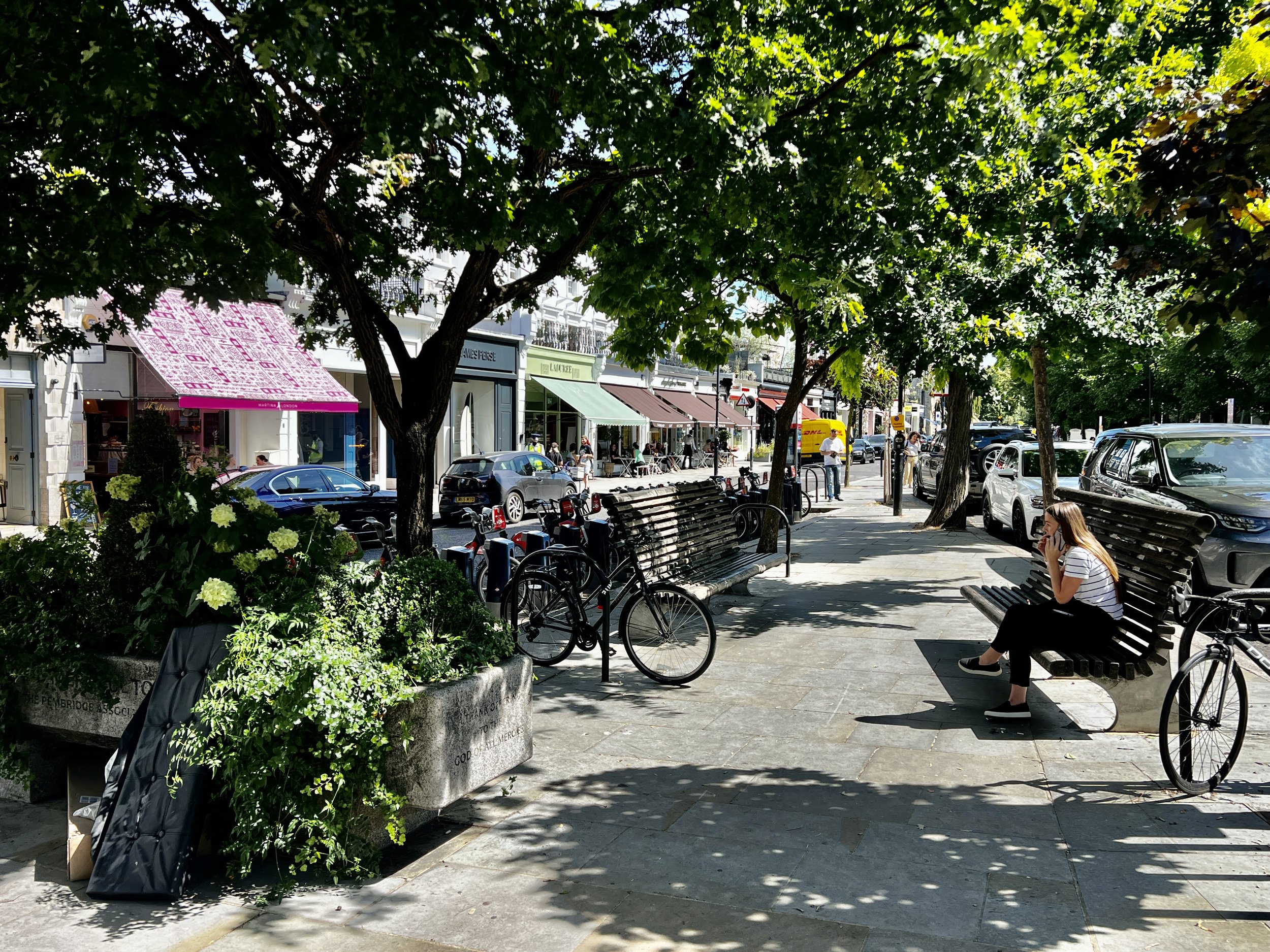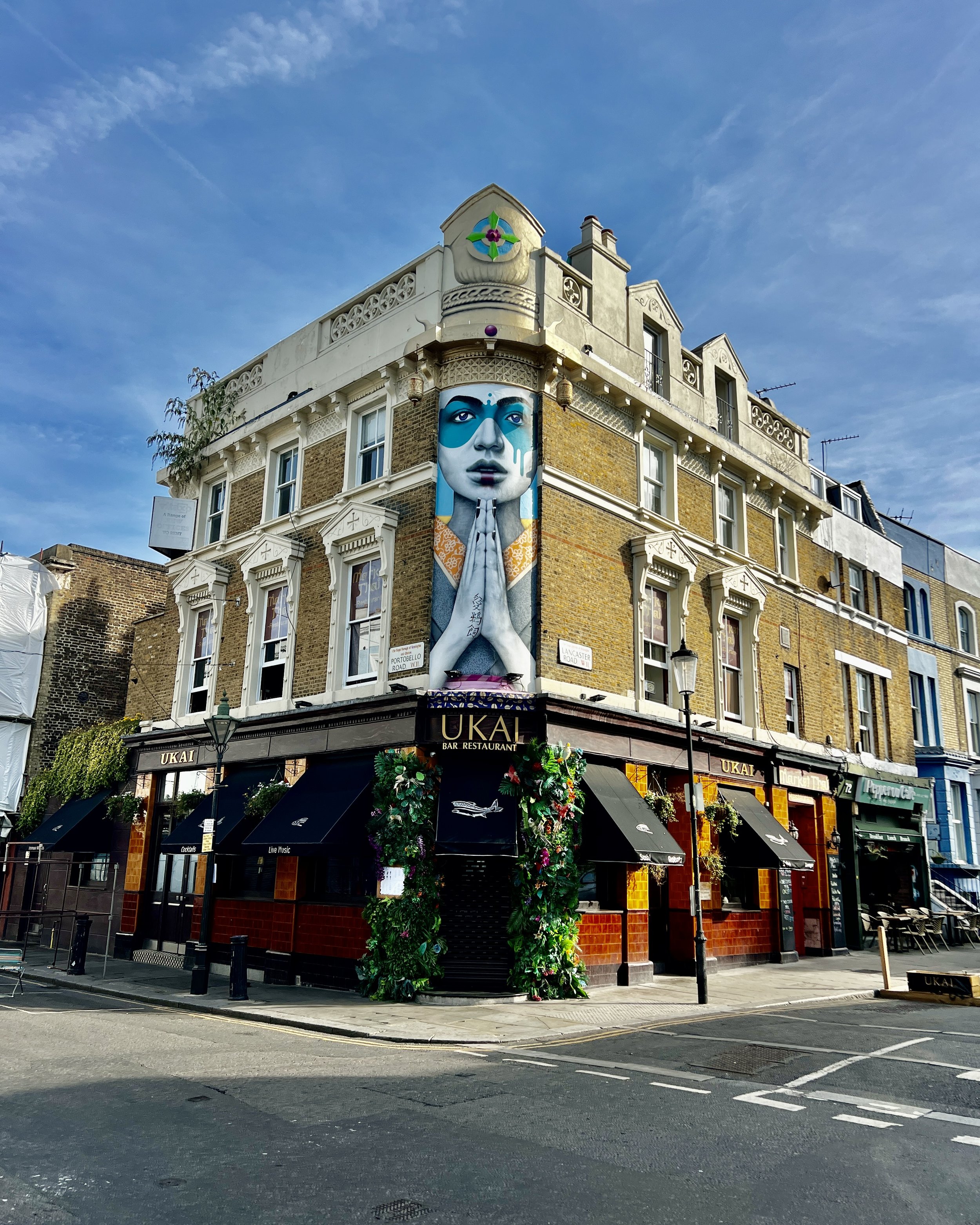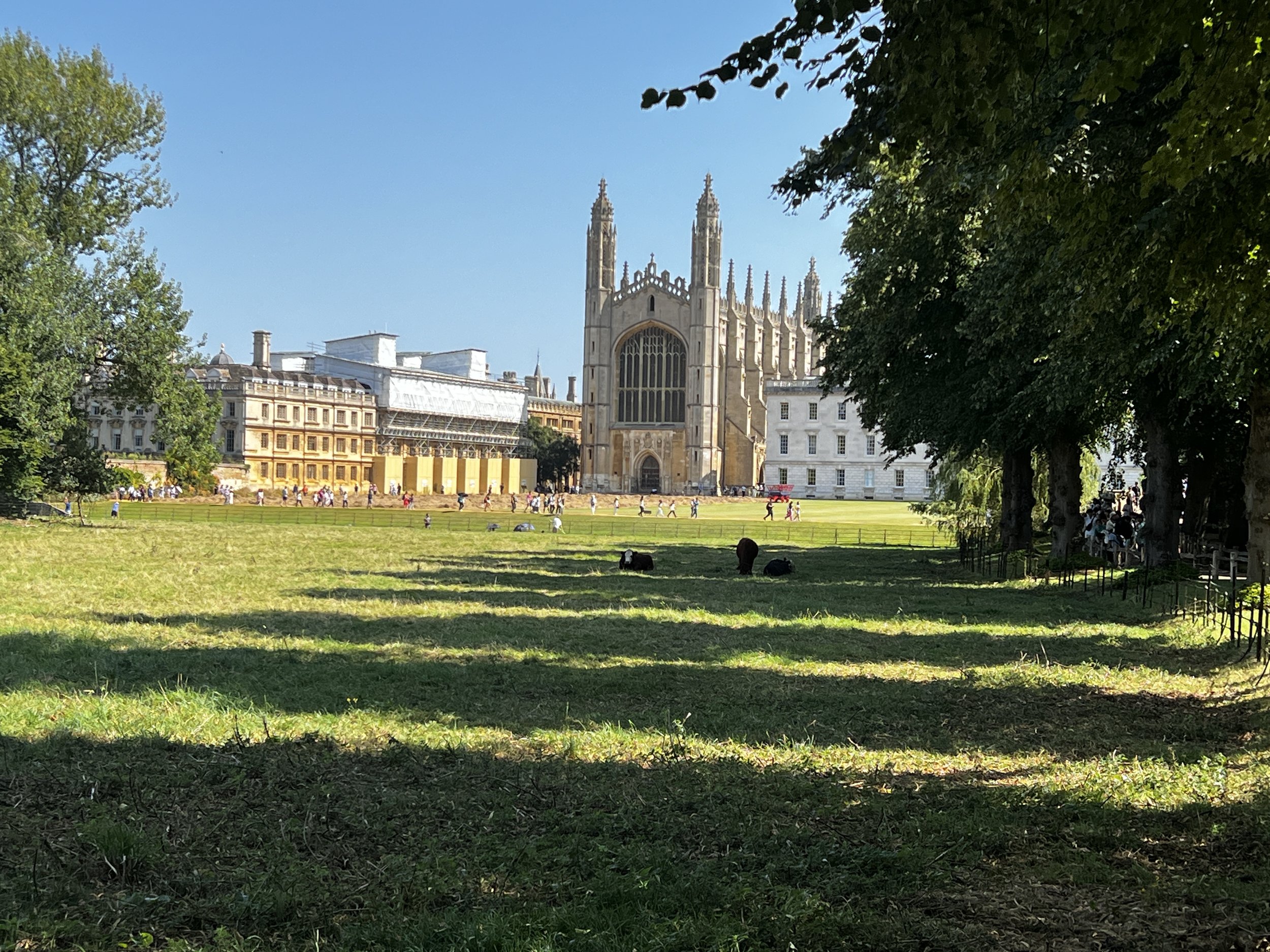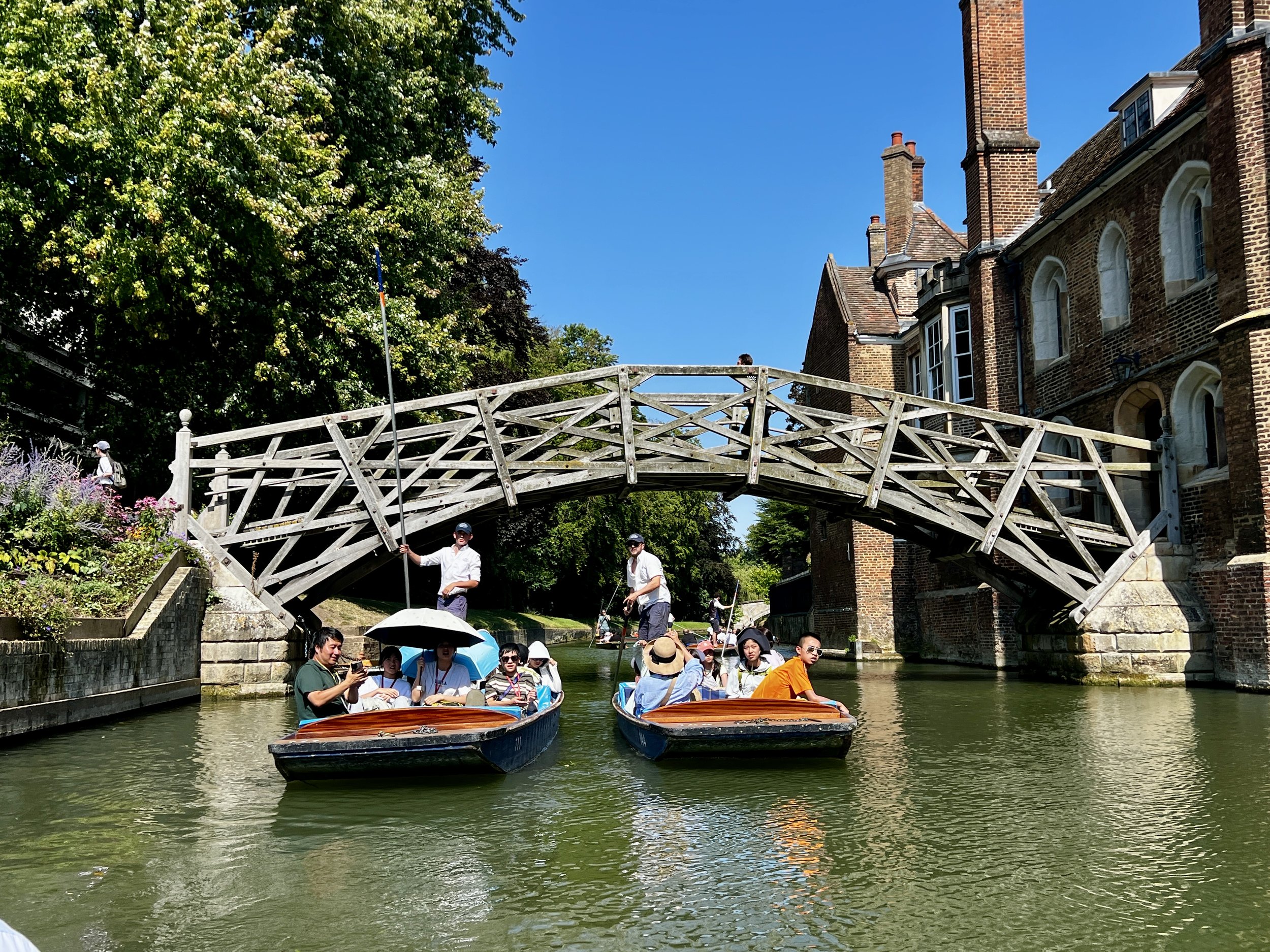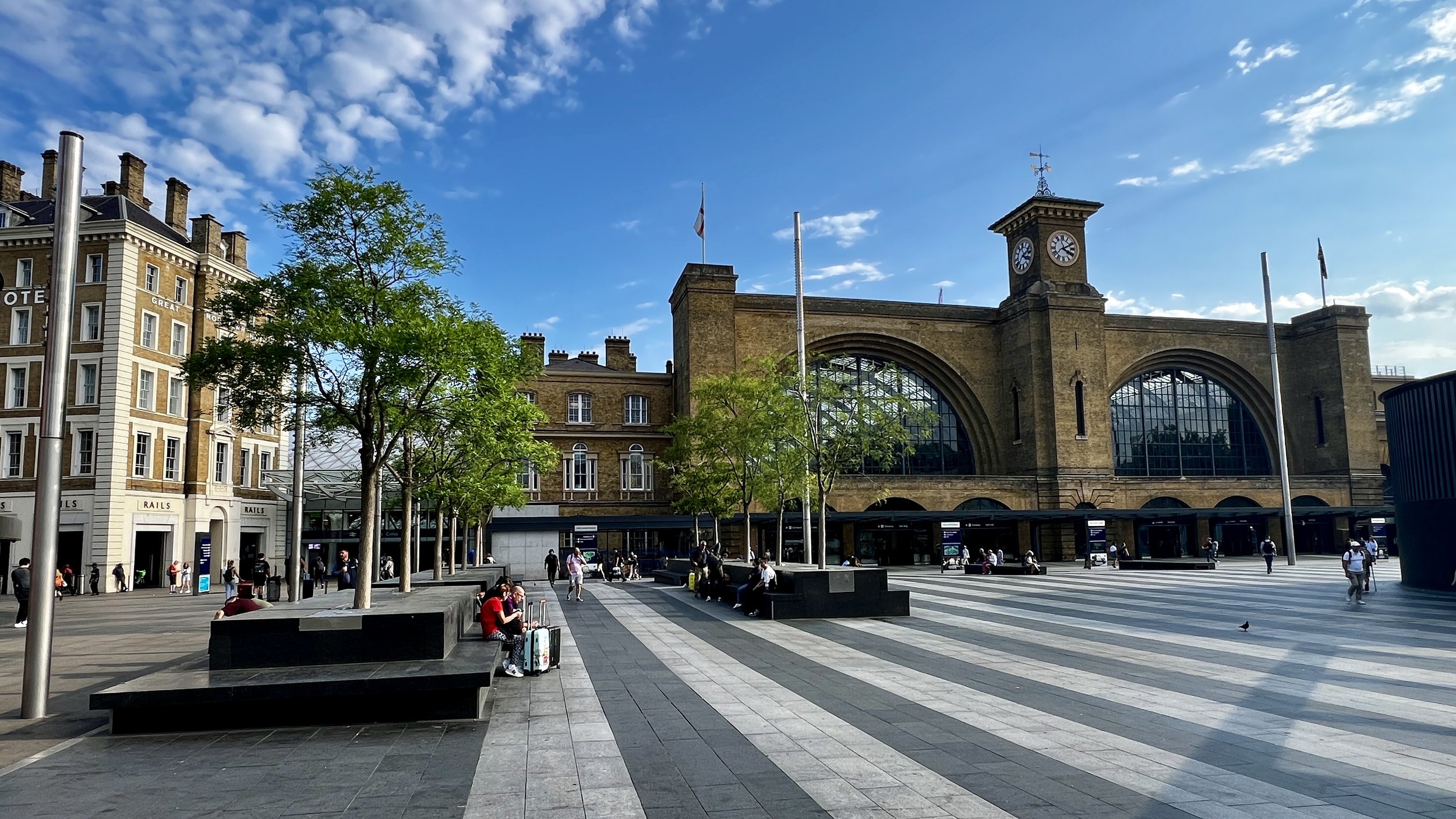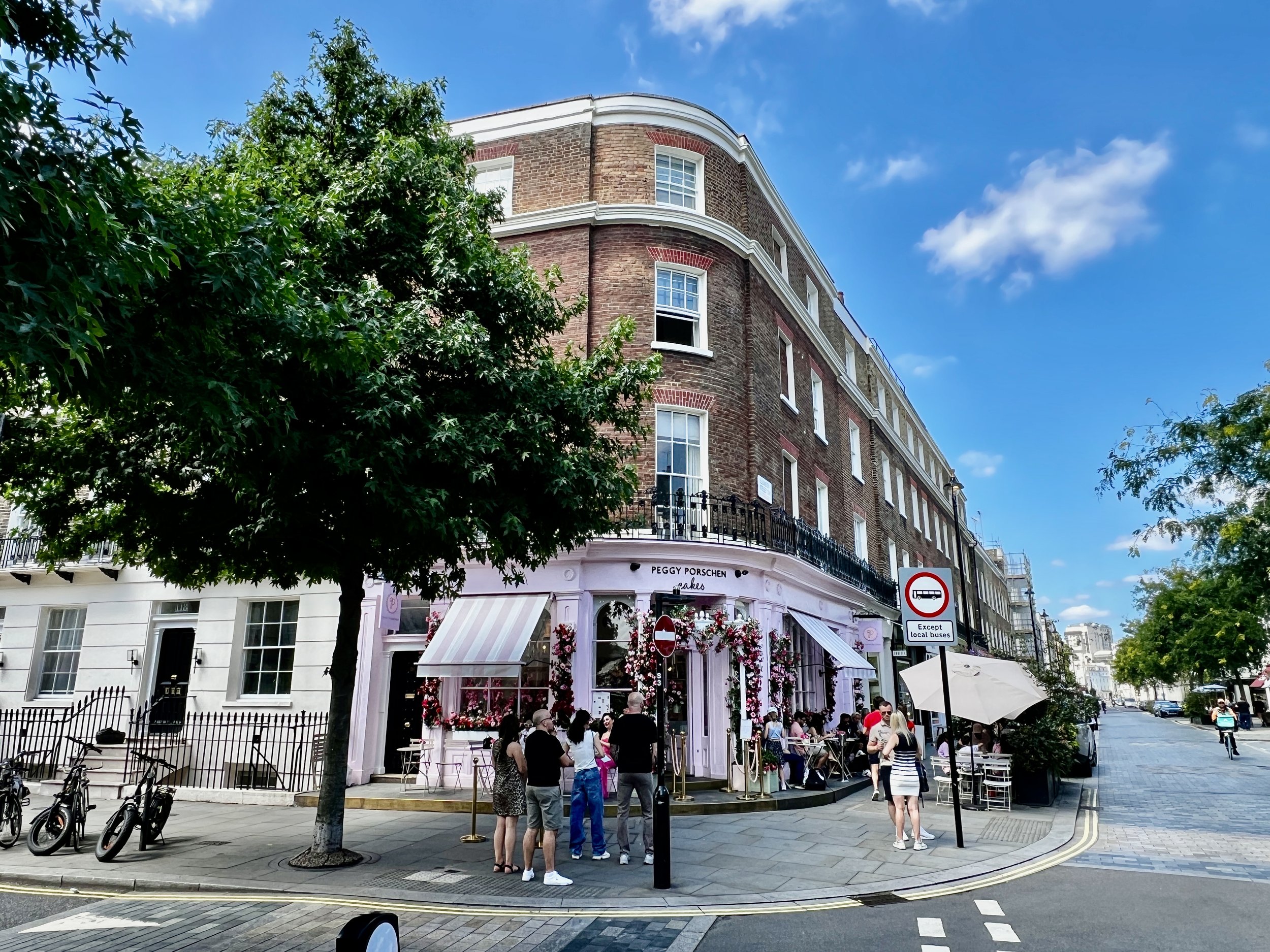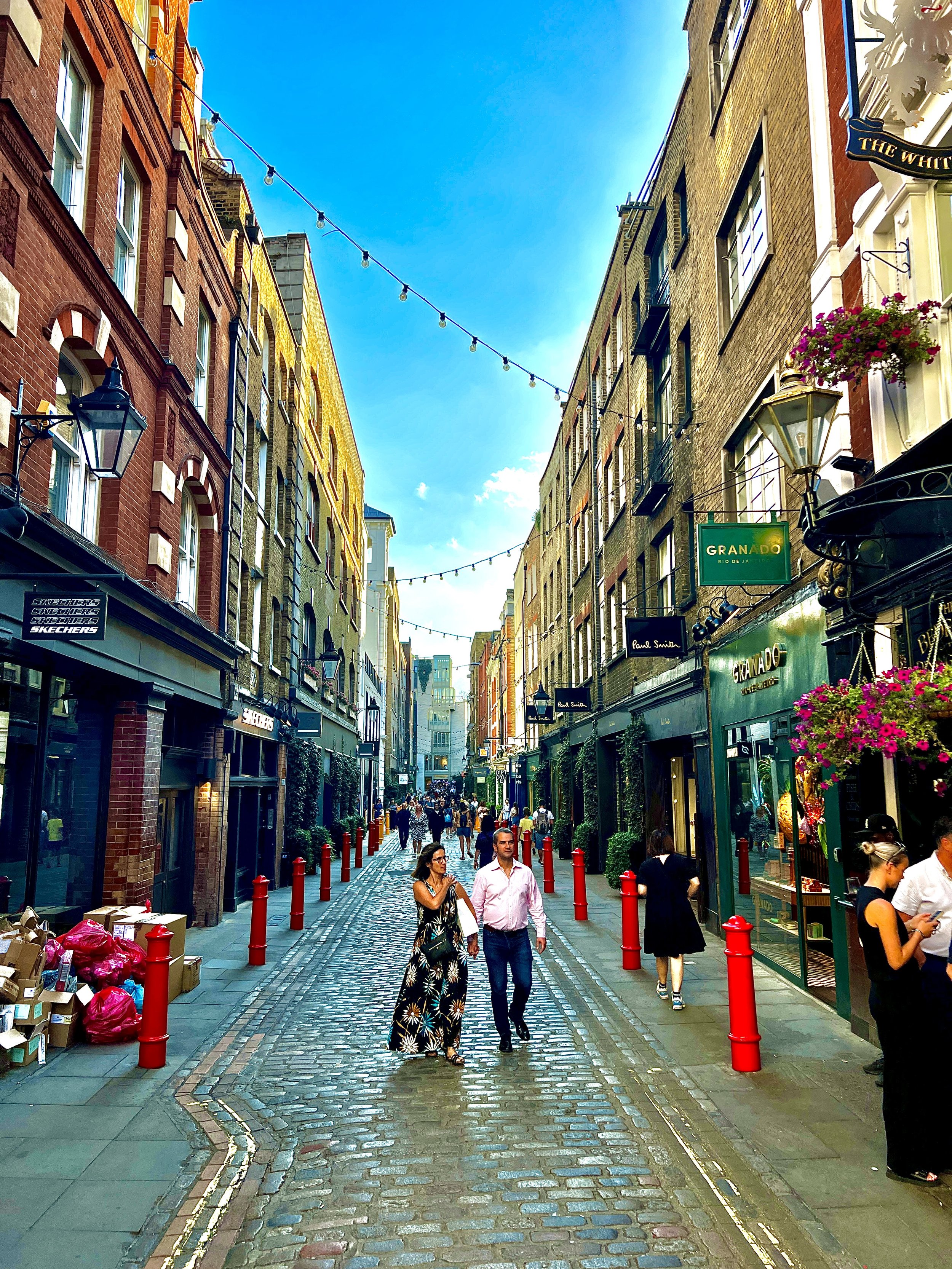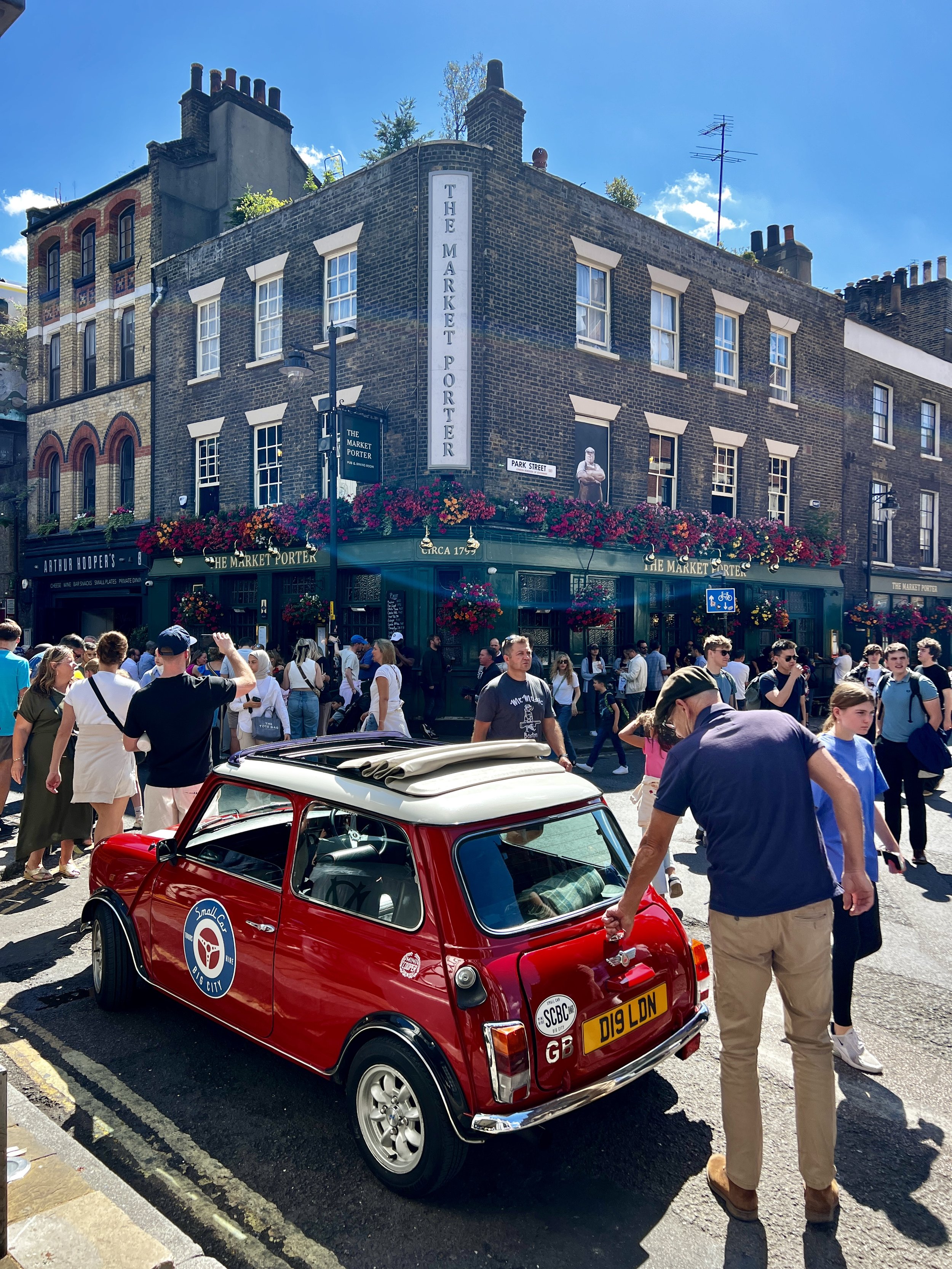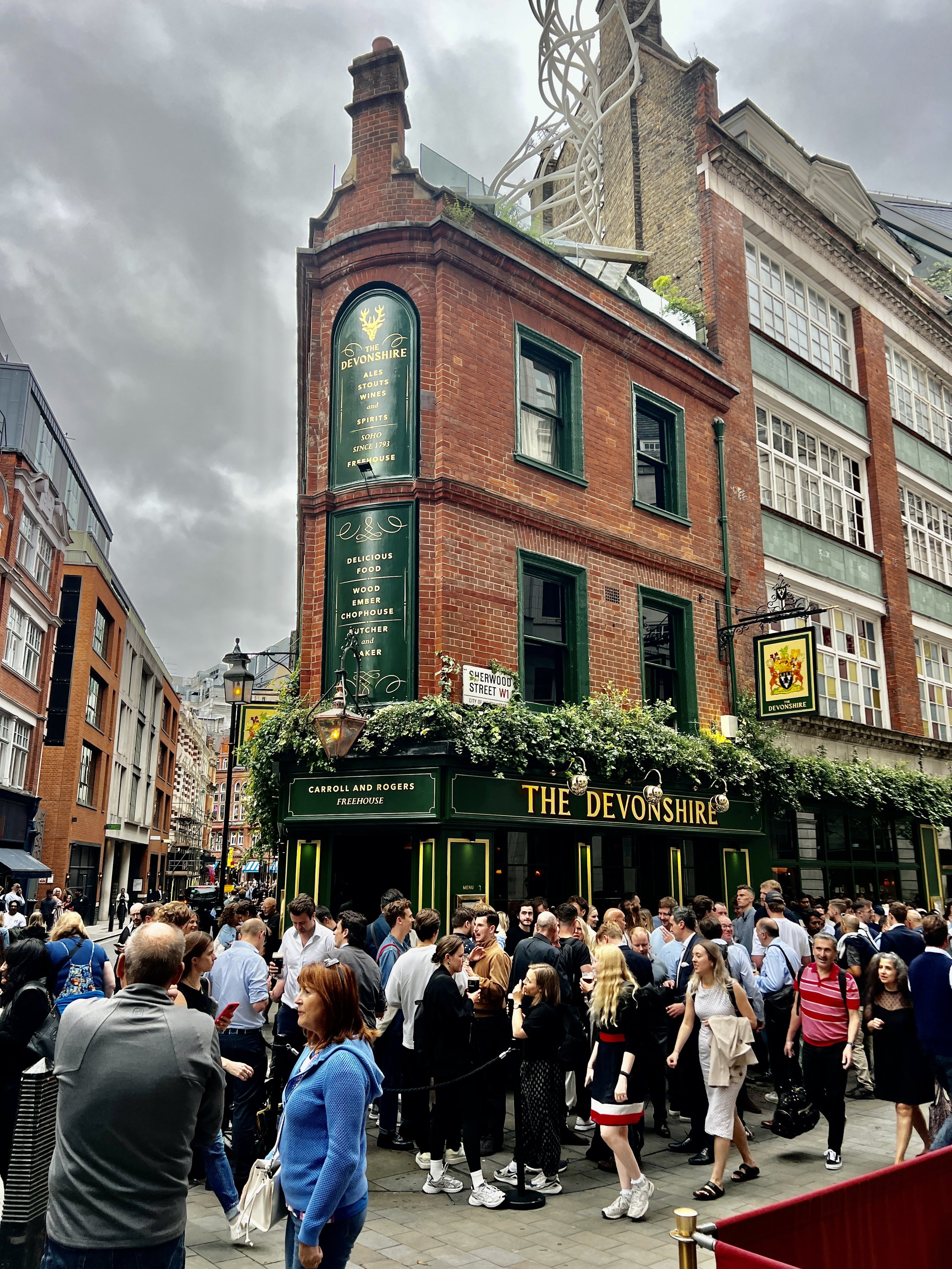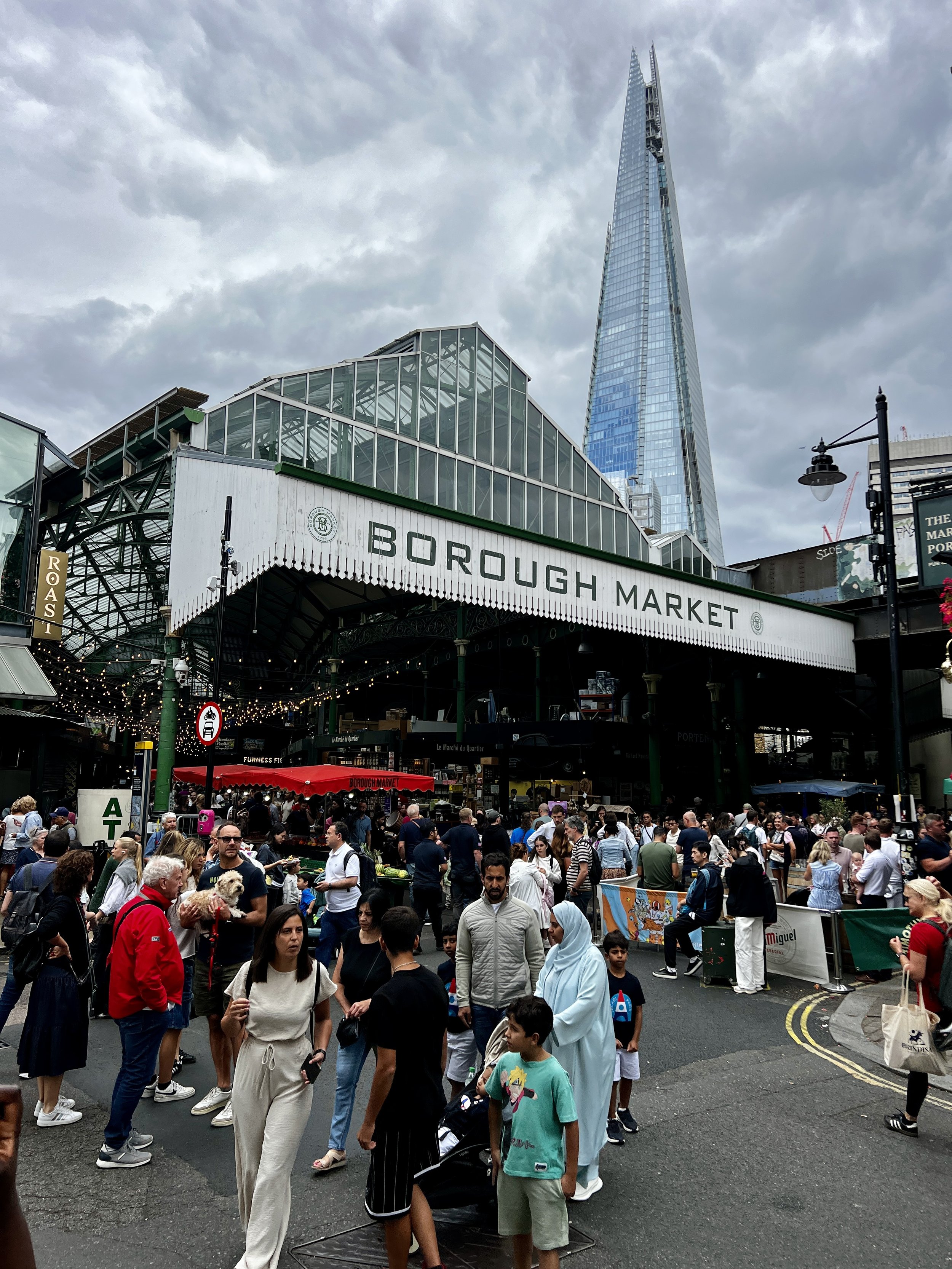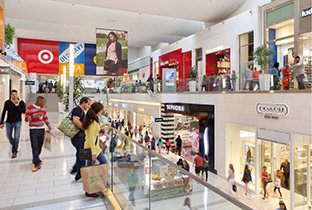The summer of 2024 I had the opportunity of spending ten days with my wife in London, England. During that ten-day period, we ran ourselves ragged going from district to district - walking street after street - taking in everything that the time available to us would allow. It was an absolutely amazing trip. I saw and experienced places that are otherwise foreign to me back home in Utah.
During those ten days I found myself inspired and depressed simultaneously. I was inspired by the level of careful attention given to so much of what I saw and experienced. I was inspired by the degree of purposeful intent to preserve, sustain, and rehabilitate buildings as opposed to discarding and removing them due to age and wear. I was inspired by the assemblage of these buildings into legitimate places that attracted activity because people wanted to be in these locations. I was inspired by the ease in which I was able to move from place to place and the opportunity to choose how that movement happened.
The simultaneous depression stemmed from knowing that I would be leaving and returning to an extremely inferior environment to the one that I was experiencing during that window of time in London. The spirit of preserving and enhancing the places I inhabit isn’t as well defined, nor is the willingness to preserve and sustain an option because most of our development in the United States is intended for demolition at the time it’s designed. Our buildings are viewed as depreciating assets that are meant to be torn down and thrown away because they are designed and built for disposal. Because our buildings are disposable there is no assemblage of buildings that delivers places that people want to inhabit just because. When we go places there is a purpose – we arrive, we accomplish the set of tasks associated with being there, and then we leave. There is no desire or interest to linger because there is no draw or interest to do so. When there is the need to travel it requires and demands the use of a prosthetic device that is more commonly known as an automobile. I am fortunate to have the necessary resources to own and operate a car, but what about those that are too young or too old or lack the physical abilities?
Over the course of the last century, we have abandoned practices of placemaking that have eliminated any and every opportunity for authenticity in our development patterns. Our human habitat lacks visual character and interest to the point that our desire to engage what has been built is a chore rather than an experience to be savored.
It is my feeling that authenticity (within the context of placemaking) stems from an environment that is comprehensive in its physical, social, and natural structure:
Physical structure must be diverse - a multitude of building types that allows for diversity in both people and uses. The objective must be to deliver "urbanism" which is a comprehensive, built environment. The opposite of diverse in physical structure would be homogeneous (in my opinion). This type of environment is singular in building type - everything from a neighborhood which emits 4 different house plans with 3 elevations per house plan, to a commercial strip center, to Spa Montage Deer Valley. While each physical structure example is different from the other, they are each homogeneous in their individual nature of providing residential, commercial/retail, and resort/hospitality in their respective uses. All are inauthentic because of this.
Social structure is completely reliant upon physical structure, because without diversity in physical structure inclusivity in social structure is an impossibility. In each of the physical structure examples above the social structure required is exclusive and segregating in its nature. Authentic places require social inclusivity. The counterfeit nature of a majority of our built environment is a contributing factor to the social divisiveness that presently exists - in my opinion. More authenticity would help in reducing the "us -vs- them" mentality. Housing affordability is a component of this.
Natural structure, in regard to authenticity, is when respect is both honored and demonstrated in the creation of human habitat which doesn't completely overrun the natural habitat. Rather, our human habitat is generated by implementation which utilizes natural laws as opposed to ignoring them. A degree of respect is maintained between the two, and in maintaining this balance human beings gain unfettered access to nature by the most natural means possible - using their own two feet! Access to nature is critical because it helps in reinforcing the relationship between God and man. Our human habitat is often generated in a fashion which overruns and dominates nature, thus eliminating the reminders of man's place within the overall system of things.
When comparing physical locations, utilizing the criteria I put forward above, which has authenticity?
A traditional neighborhood
OR
A gated neighborhood
A main street
OR
A mall
Paris, France
OR
Paris on the Vegas Strip
As I searched for these different images it struck me that in each comparison there is another necessary component associated with the delivery of authenticity - TIME. Authenticity demands a respect for time in its ultimate delivery. When time isn't respected inauthenticity - or counterfeits - are the deliverable. This may be the most powerful of all the noted observations in this article!
To further emphasize these points, I want to share a blog article with you that I wrote a number of years ago. The article is entitled, "All We Need to Know About Placemaking can be Found in ...Food?" It is arguably a more difficult concept to identify authenticity when tying it to our built environment, but it is a much easier concept to recognize within the culinary world. The further ingredients get from their original source the less authentic the final product is. The more that time is cheated in the preparation process the less authentic the final product will be. The less attention paid to the atmosphere in which the food is delivered the less authentic the final product can become.
Watch "Chef's Table" on Netflix sometime and contemplate the principles of culinary artistry in relation to placemaking and the principle of authenticity will be understood more holistically, without any further dispute.
Stepping off the soap box - dropping the mic...




